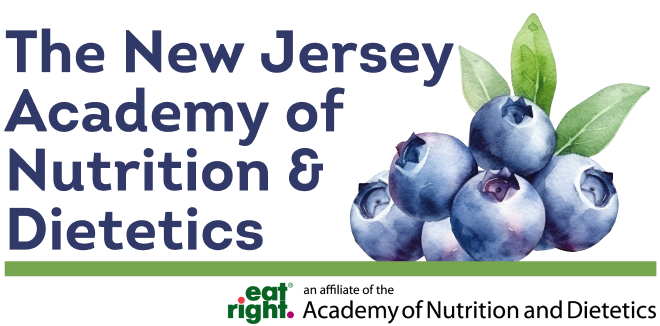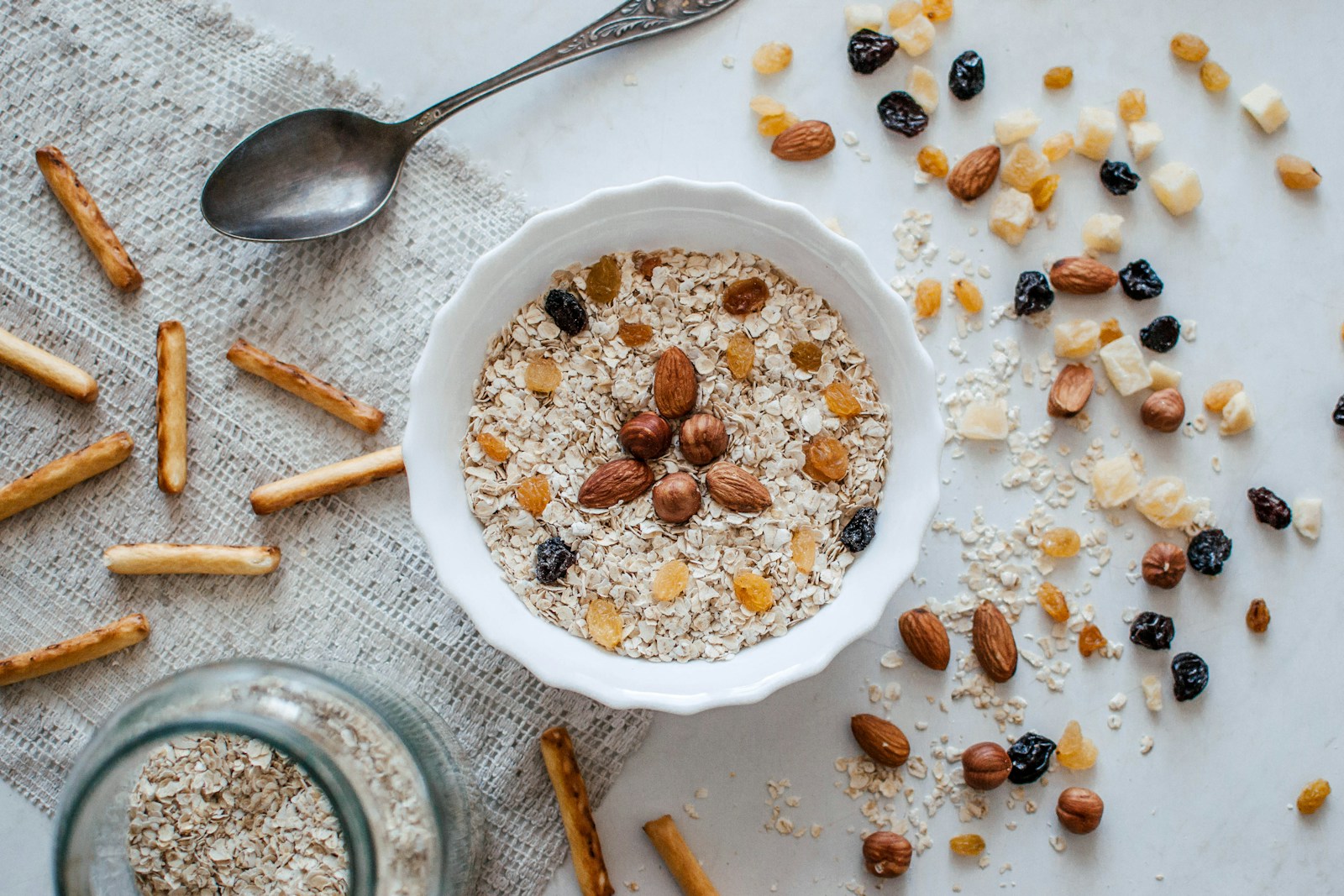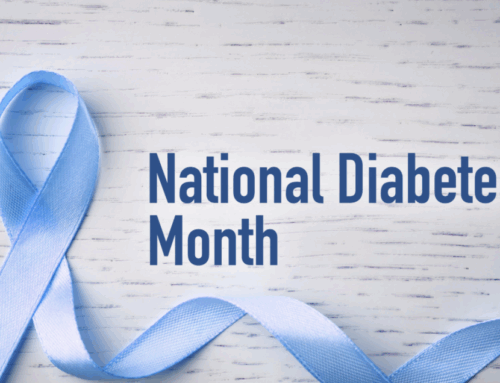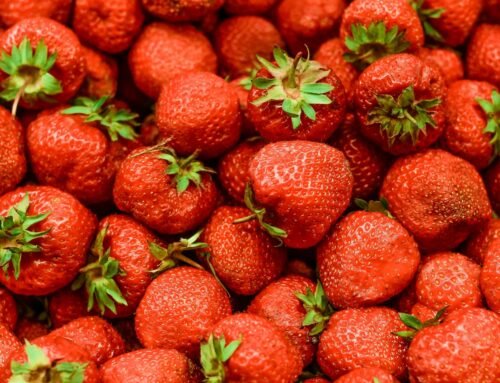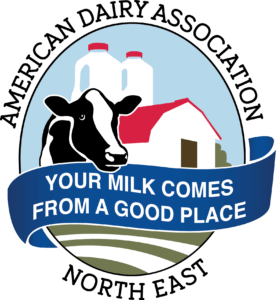October is Breast Cancer Awareness Month, making it an ideal time to focus on healthy lifestyle choices, like diet and exercise, that can lower your risk. When it comes to cancer prevention, there are certain things that are beyond your control, like family history and age, and others that you can influence.
Diet is a modifiable risk factor, meaning it is one that you do have control over, and it can be a helpful tool in reducing your cancer risk. Read on to learn about key nutrients to include, those to limit, the connection between soy and breast cancer (is there one?), and easy actionable steps you can take to reduce your risk for developing breast cancer.
Key Nutrients
Some of the key nutrients when it comes to breast cancer prevention are ones that can help to reduce inflammation. Studies show that chronic, low-grade inflammation is associated with an increased risk of breast cancer. Some key anti-inflammatory nutrients include dietary fiber, phytochemicals, and omega-3s. For fiber, look to fruits, vegetables, whole grains, and legumes. Fruits and vegetables are also robust sources of beneficial phytonutrients, which are naturally occurring plant chemicals that protect cells from damage. The more color, the greater the variety of nutrients! For omega-3s, look for nuts, seeds, and fish such as salmon, tuna, and trout. A diet high in these foods and nutrients can contribute to a lower cancer risk.
Foods to Limit
While there is not one specific food that is known to cause cancer, there are some foods that can increase your risk of cancer, including breast cancer. These foods include those high in saturated and trans fat, processed meats, foods high in added sugar, and alcohol. Foods high in saturated fat include beef, butter, cheese, and fried foods. Trans fat is found in many fried foods and pre-packaged baked goods. Alcohol in any form is known to increase cancer risk. It should be noted that there are no “healthy” amounts or types of alcohol; all alcohol increases cancer risk.
Soy and Breast Cancer: Myth or Fact?
Because there is so much misinformation about soy and breast cancer, it’s easier to start with the facts: soy is safe to eat and does not cause cancer. The myth that soy raises the risk of breast cancer stems from the fact that soy contains isoflavones, natural plant compounds with a chemical structure similar to human estrogen. It’s important to note that isoflavones and estrogen function differently in the human body, and some studies show that a diet high in soy isoflavones may actually reduce breast cancer risk. Isoflavones may help to support the body’s antioxidant defenses and DNA repair, which can help to protect against cancer. Some of the best sources of soy are tofu, edamame, soy milk, and soybeans.
Small Changes with a Big Impact
Here are some small, easy ways to add more nutrients to your weekly meals and snacks:
- Aim to have fish at least once per week; even better if it replaces red meat. Salmon and mackerel are great sources of omega-3s, and cod and haddock are low-mercury options that are high in protein.
- Make sure each meal has at least one source of fiber. Oatmeal or avocado work well for breakfast, while lentils, chickpeas, black beans, kidney beans, broccoli, and brussels sprouts are easy additions to lunch and dinner.
- Swap high-sugar breakfast cereals and pastries for plain oatmeal topped with fruit and nuts. This will help to decrease added sugar intake while increasing, fiber, phytonutrient and omega-3 intake.
- For an easy lunch, swap deli meat on white bread for a whole-grain wrap with black beans, grilled chicken, and veggies of choice. This will help to decrease intake of processed meat and refined grains while increasing fiber and phytonutrient intake.
- Focus on variety. When it comes to cancer prevention, the biggest benefit will come from a balanced diet made up of a variety of whole foods rather than a focus on one single “superfood.”
- Avoid “all or nothing” thinking. Enjoy foods you truly enjoy every so often, without guilt, even if they are “less healthy.”
October is a great time to start implementing some of these small changes to help decrease your breast cancer risk. Just be sure to make them into habits that you can carry into the rest of the year to maintain overall health and wellbeing.
Sources:
https://www.aicr.org/resources/blog/soy-and-cancer-myths-and-misconceptions/
Blog written by Sarah Davis, MS, RDN for The Academy of Nutrition and Dietetics.

